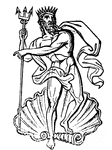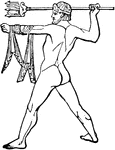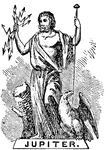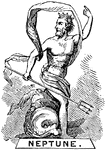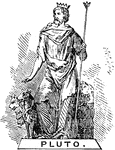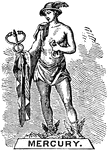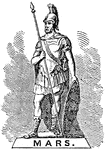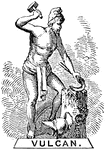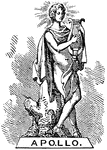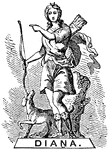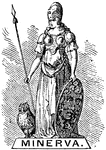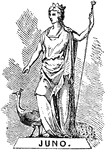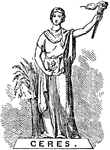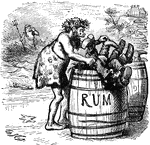Search for "neptune"

Isthmian crowns
"The Nemian and Isthmian games occurred more frequently than the Olympic and Pythian. They were celebrated…
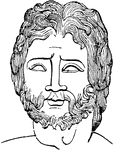
Head of Neptune
"The following cut from an antique in the British Museum, represents the head of Neptune. The hair rises…

Triton
"One of the Nereides, Triton. A sea deity, son of Neptune and Amphrodite. His lower extremities were…

Reticulum
"A caul or coif of network for covering the hair, worn by women during the day as well as the night.…
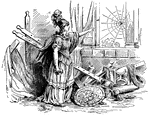
Minerva
"On Minerva's side Varro tells us that Cecrops found an olive tree and a fountain, and that on consulting…
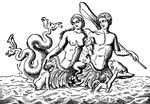
Tritons
"Triton was the son of Neptune and Amphitrite, and the poets made him his father's trumpeter. Proteus…
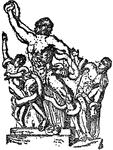
Laocoon
"In Greek legend, a priest of Apollo and Neptune, located in the city of Troy during the Trojan War.…
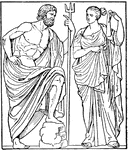
Poseidon
The Greek god of the sea, identified by the Romans with the Italian deity Neptune. A son of Kronos and…

Doric Column from the Temple of Neptune at Paestum
The Doric columns, which are short, powerful, and closely ranged together, in order to support the weight…

Crystal Jug
This crystal jug is called the "Neptune Jug", which shows a representation of the Greek god of the sea.

Temple of Neptune
The Temple of Neptune is located in the Graeco-Roman ancient city of Paestum, located in the Campania…

Temple of Neptune
"Paestum, the Greek Poseidonia, was a colony of Sybaris. The malarial atmosphere of the place led to…

Medal of Attalia
A medal of Attalia. One side pictures Neptune with his trident, suggesting that Attalia was a seaport.…
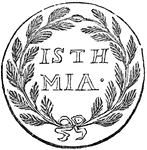
Isthmian Games
This medal commemorates the Isthmian Games, celebrated on the Isthmus of Corinth in honor of Neptune.…


